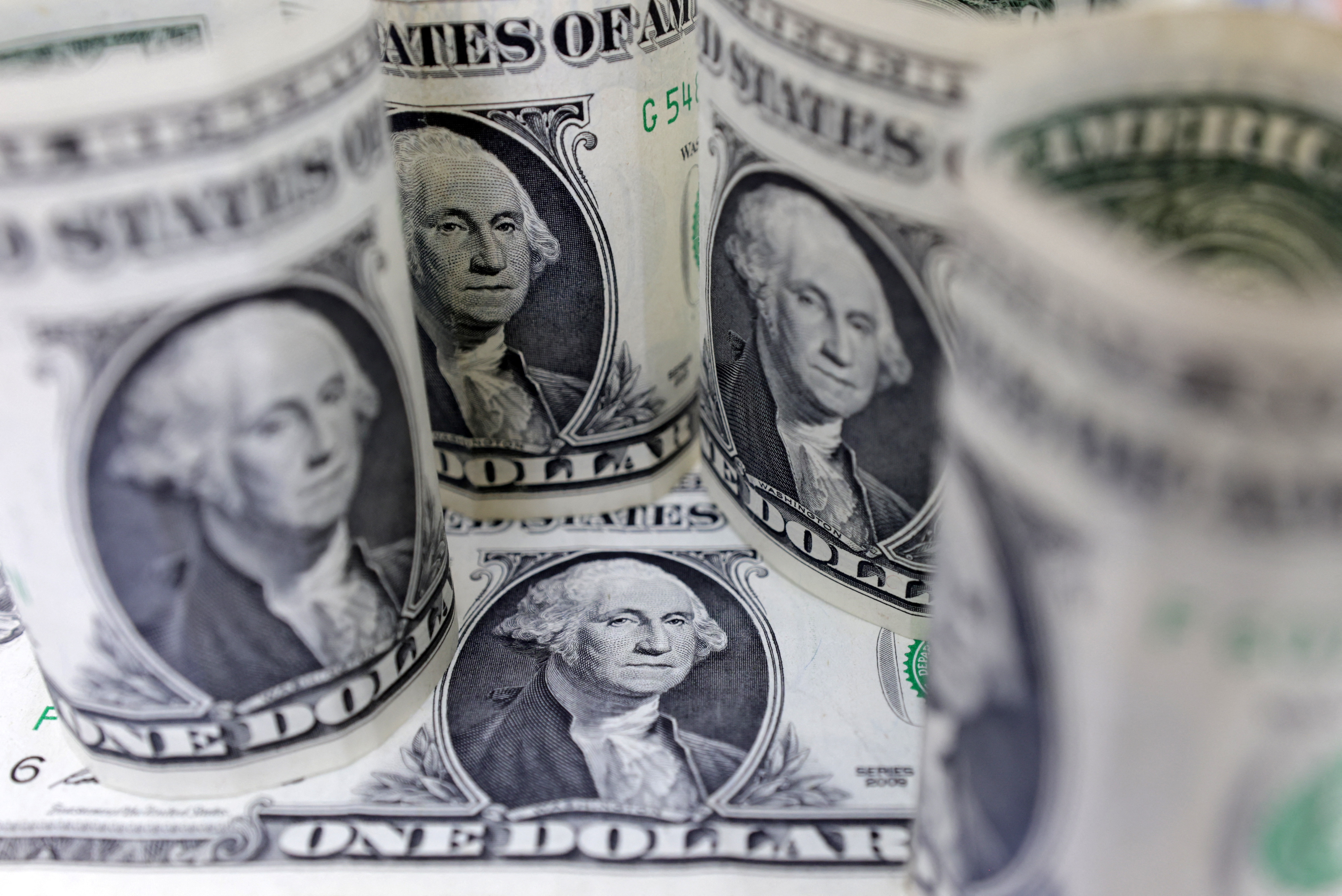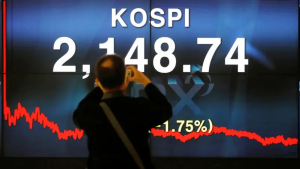The dollar steadied against most major peers on Wednesday, pausing its recent declines, and gaining sharply against the yen which was volatile as the end of the Japanese fiscal year approaches.
The dollar index , which tracks the currency against six peers, was flat at 102.42, giving up small gains of up to 0.3% in the European morning. It has fallen for the past two sessions, and is set for a 2.1% monthly fall, a victim of the market ructions induced by problems in the banking industry.
The euro was up a whisker on the day at $1.0855 and sterling was steady at $1.2343, having touched a near two-month intraday high of $1.236.
"We have returned to a sense of calm right now, but I don't think it's all over. In the way that water will find cracks, the market is testing for weak points, and it's how and who will cope best in the high rate environment," said Jane Foley, head FX strategy at Rabobank.
She added that currency markets had been struggling to fix onto a particular trend in the recent volatility.
"If you take the dollar, on the surface markets thinking the Fed will have to cut interest rates because of the banking crisis could be dollar negative, but if rates are being cut because of a risk of recession, where are you going to move money? Not to emerging markets."
The yen remained volatile in the run-up to the end of the Japanese fiscal year on Friday. The dollar touched a one-week high on the yen and was last up 0.7% to 131.85 yen , while the euro gained 0.7% against the yen to 143.
The yen hit its strongest in roughly two months against both the dollar and the euro last week, benefiting from a flight to safety, but Foley said the market could be seeing less need for a safe haven this week.
The dollar had dropped 0.5% against the yen the previous day, when it uncharacteristically moved in the opposite direction to long-term U.S. Treasury yields, which have been rising as calm returns to markets.
The 10-year benchmark U.S. yield squeezed up to a one-week peak of 3.583% in Tokyo trading, but was last little changed at 3.556%. Last Friday, the yield had dropped to a six-month low of 3.285%.
"U.S. bond volatility has driven most of the volatility in dollar-yen, so it makes sense that we're closer to 130 than 140 because U.S. yields are that much lower," said Ray Attrill, head of foreign-exchange strategy at National Australia Bank.
Regarding Tuesday yen's rally, "it's not following the rules as one might expect, which maybe says that coming into fiscal year-end, must-do flows are having a disproportionate effect," Attrill added.
Elsewhere, the Australian dollar slipped 0.45% to $0.6677 after a reading of Australian consumer inflation slowed to an eight-month low, adding to the case for the Reserve Bank to pause its rate hiking campaign next week.
Bitcoin rose 4% to $28,360, finding its feet having slid following the problems at the world's biggest cryptocurrency exchange, Binance, which has been sued by the U.S. Commodity Futures Trading Commission (CFTC).










